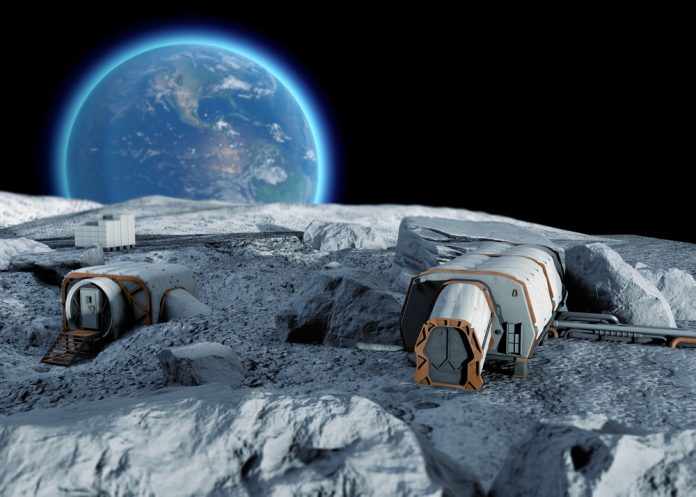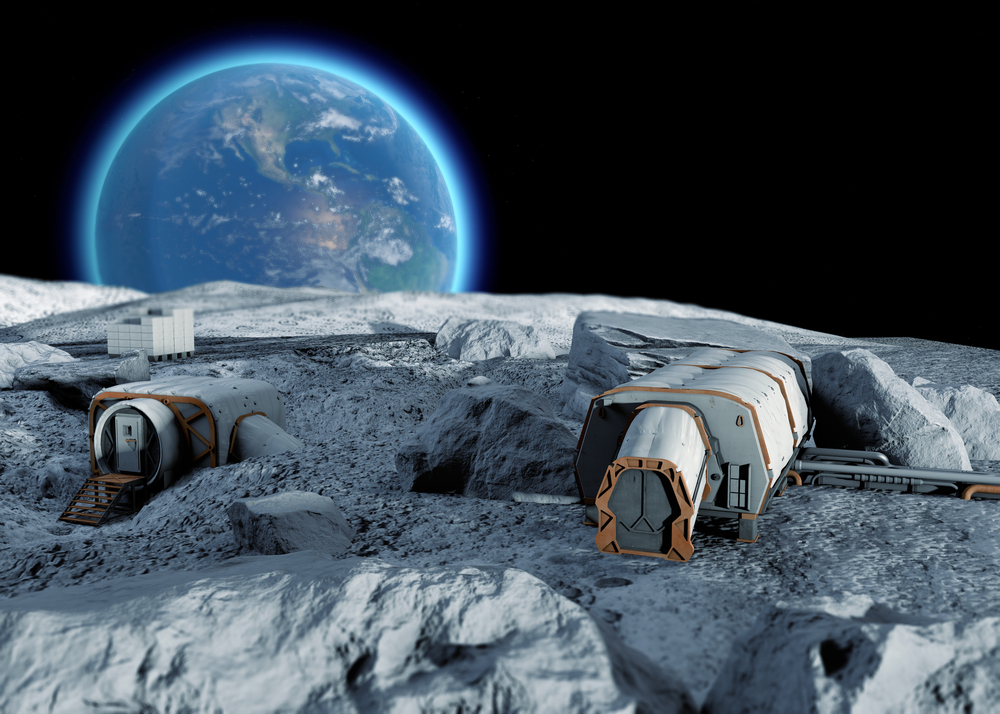
First movers make the law.” That phrase, from Bhavya Lal, past NASA associate administrator for technology, policy, and strategy, captures the high-risk urgency now characterizing the competition to create permanent power on the lunar surface. With the United States and China stepping up competition to send a 100-kilowatt nuclear reactor to the Moon by 2030, technical, strategic, and economic stakes are resonating throughout the international space community.
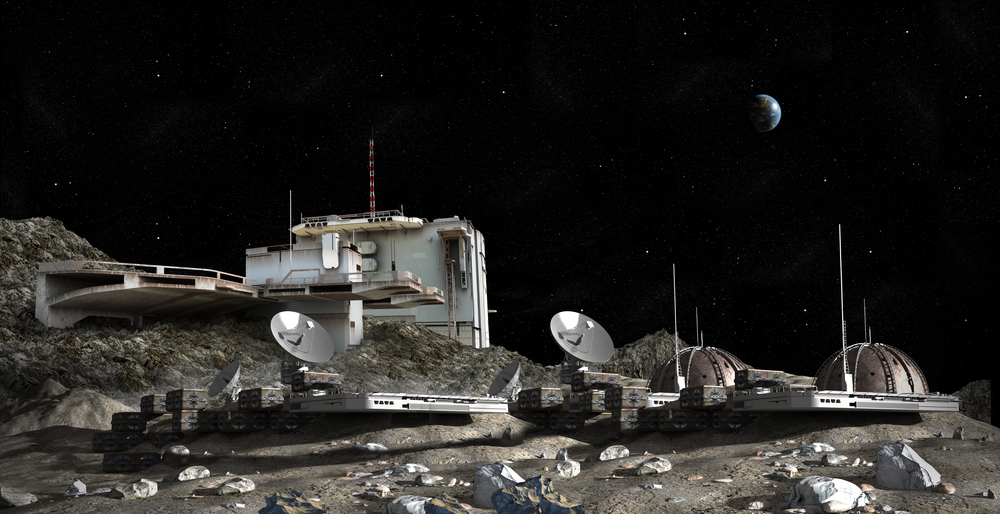
1. The 100 kW Lunar Reactor: Engineering and Geopolitics
The message from NASA’s interim administrator, Duffy, could not be clearer: seek industry proposals for a 100-kilowatt nuclear reactor deployable to the moon by 2030. It is more than just an engineering achievement. The timing coincides with China’s plans to put its first astronauts on the Moon, and conjures up visions of a new age when “the first country to achieve a reactor could ‘declare a keep-out zone which would notably impede the United States,'” as the directive candidly cautions. The U.S. views this as a reaction to the China-Russia joint International Lunar Research Station (ILRS) project, which is going to have its own reactor by the mid-2030s.
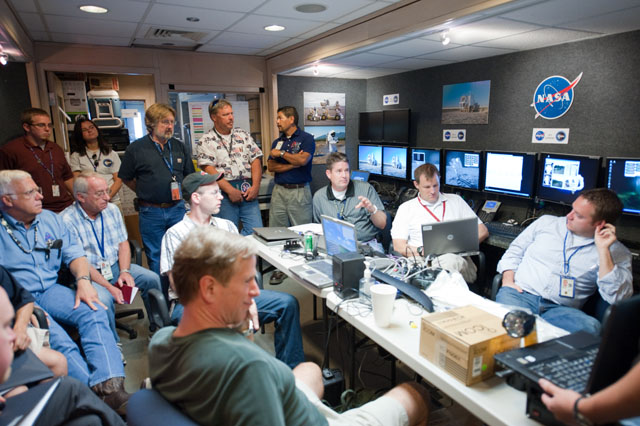
The U.S. strategy involves quick development, and NASA must name a program leader and solicit industry feedback within 60 days. This is not lost on analysts. “We can do this before 2028, 2030 to be sure.”. We simply need to commit to go so it,” said Joe Cassady, L3Harris director of civil space programs, capturing a widespread sense that the technology is there if politics and funding match. The report, “Weighing the Future: Strategic Options for U.S. Space Nuclear Leadership,” points out that a shortage of “mission pull” has in the past held back progress, but the current international landscape may at last end the cycle.
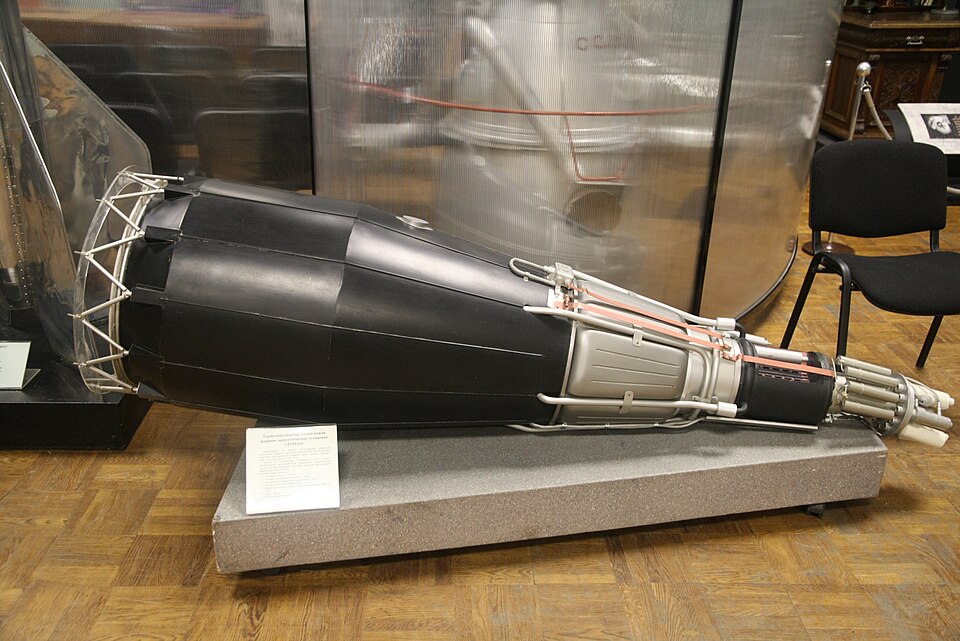
2. Kilopower and the Future of Space Fission
NASA’s recent developments rely on the Kilopower project, which proved the KRUSTY (Kilowatt Reactor Using Stirling TechnologY) test, a 1-kilowatt-class fission power system culminating in a full-power, high-temperature, 28-hour test in 2018. The KRUSTY core, built from highly enriched uranium alloyed with molybdenum, coupled heat through sodium heat pipes to Stirling engines, attaining a measured peak temperature of 447°C, exactly as predicted pre-test. This Technology Readiness Level 5 validation laid the foundation for scaling up to the 40-100 kW class required for lunar activities. The innovations of monolithic reactor fuel form and moving parts-free heat pipe heat transfer have been implemented and qualified through all challenges.
Unlike radioisotope thermoelectric generators (RTGs), which have been powering deep space probes for decades, fission reactors provide scalable, modular power for habitats, ISRU (in-situ resource utilization), and rovers, particularly in places such as Shackleton Crater, where sunlight does not exist. “If you need to land anywhere, surface fission power is a key strategy for that,” stated Michelle Rucker, an engineer at NASA’s Johnson Space Center.

3. The US-China-Russia Dynamic: Rules, Risks, and Exclusion Zones
China and Russia’s lunar intentions are not just about technology. Wu Weiren, the head of China’s lunar program, said, “Russia has a natural advantage when it comes to nuclear power plants, especially when sending them into space.”. It is leading the world and ahead of the US.” The ILRS has as its goal to construct a reactor and infrastructure pipelines, cables, and solar arrays on the Moon’s South Pole, with China’s Chang’e 7 and 8 missions paving the way for a lasting human presence. The technology race on the moon is a continuation of the geopolitical battle on Earth. The US answer, in the form of the Artemis Accords and quick development of reactors, is as much about developing global norms as it is about technology.
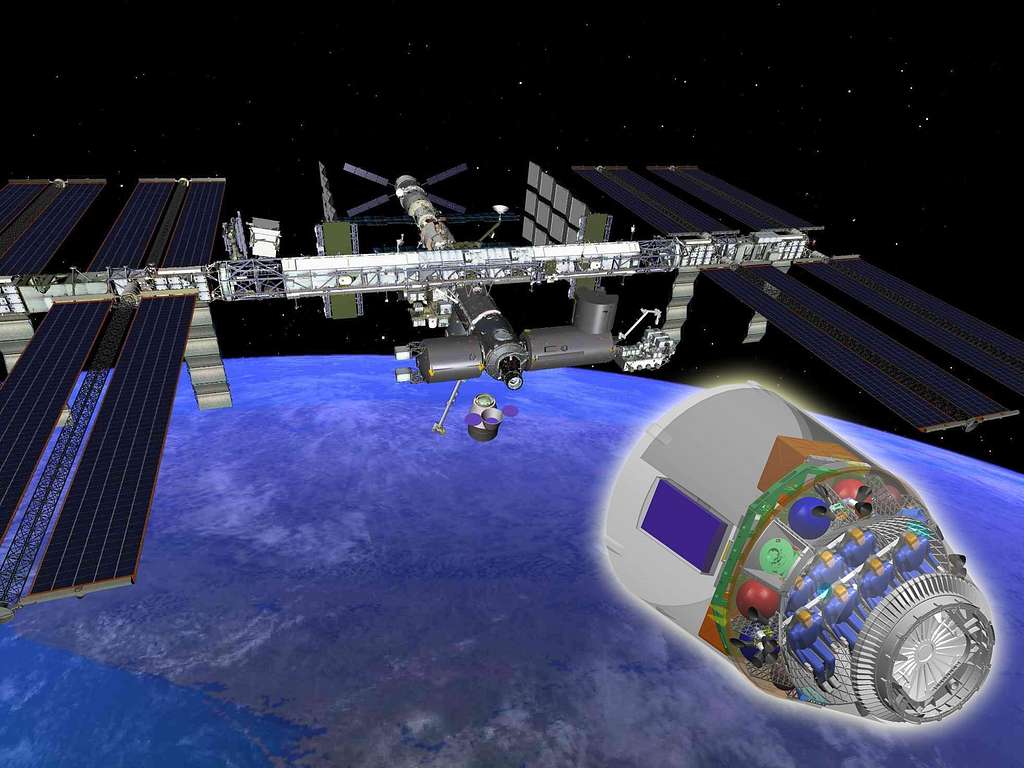
4. Commercial Space Stations: ISS Replacement
Alongside moon plans, NASA is accelerating the move from the antiquated International Space Station to at least two commercial-operated stations by 2030. The agency has granted $415.6 million of Space Act Agreements to Blue Origin, Nanoracks, and Northrop Grumman, all crafting different architectures. Blue Origin’s Orbital Reef, a “mixed-use space business park,” will host research, industry, and tourism. Nanoracks’ Starlab is planned to launch in 2027 with laboratory space on par with the ISS. Northrop Grumman’s modular “Free Flyer” draws from established Cygnus spacecraft architecture for scalable growth. These awards are just one component of a two-phase strategy to induce US private sector investment in commercial, standalone space stations.
NASA’s new procurement rules, patterned after the highly successful Commercial Orbital Transportation Services (COTS) program, are designed to save money and encourage innovation by engaging companies as partners instead of vendors. The agency will be awarding a contract within six months of the request for proposals, with a vision of having a continuous U.S. presence in low Earth orbit. Since the Aerospace Safety Advisory Panel recently cautioned, “There is no time to waste,” the ISS’s growing risk profile and recurring air leaks within the Russian segment. The ISS has reached the riskiest phase of its life.
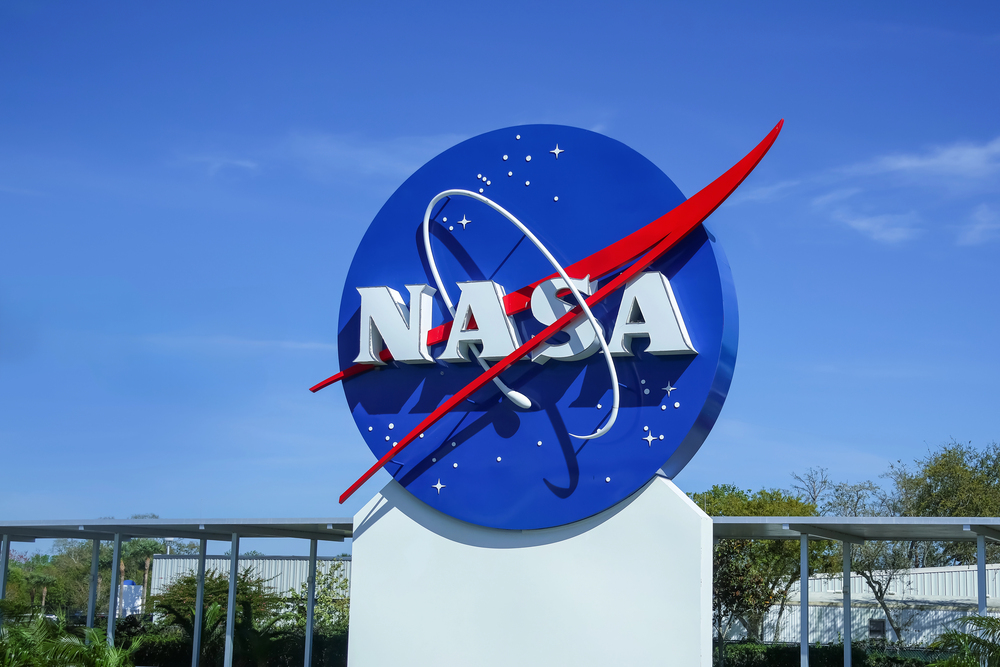
5. Realignment of the Budget: Human Spaceflight versus Science and Propulsion
President Trump’s budget for NASA represents a drastic turnabout: more money for human spaceflight to the detriment of deep-space science and nuclear propulsion. The almost 50 percent reduction in science missions triggered controversy within the agency. “Although the budget did not earmark funds for nuclear propulsion, that was not because nuclear propulsion is considered an unworthy technology,” a NASA representative clarified. The Pentagon’s recent cancellation of a joint nuclear-powered rocket motor program highlights the transition from propulsion to surface power systems. As Bhavya Lal explained, “Prioritizing power over propulsion is not about giving up on propulsion. It’s about sequencing wisely: power is immediately necessary, has actual customers, and lays the groundwork for the rest of it.”
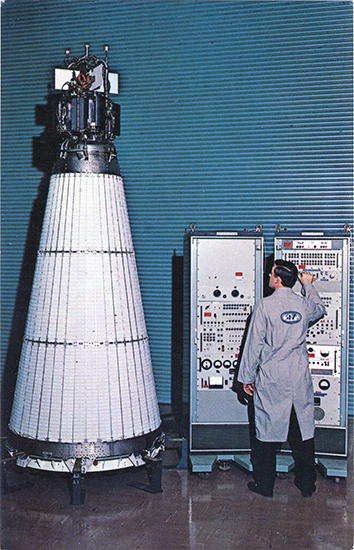
6. Technical Pathways and Industry Partnerships
The way forward takes advantage of the Kilopower and SNAP-10A, the sole U.S. space reactor to ever be in orbit, as well as Russian experience in RORSAT and TOPAZ reactors. The new US plan requires a government-owned 100-500 kW reactor or tandem public-private ventures for 10-100 kW class systems, with ground testing in 2028 and flight demonstrations in 2030. Industry spokesmen are pushing for a standalone office at NASA for nuclear power and propulsion, patterned after the US Navy’s Office of Naval Reactors. “You need a Rickover-type person to guide that national will to make it work,” Cassady said. A panel of industry officials at the meeting said they largely concurred with the report’s findings.
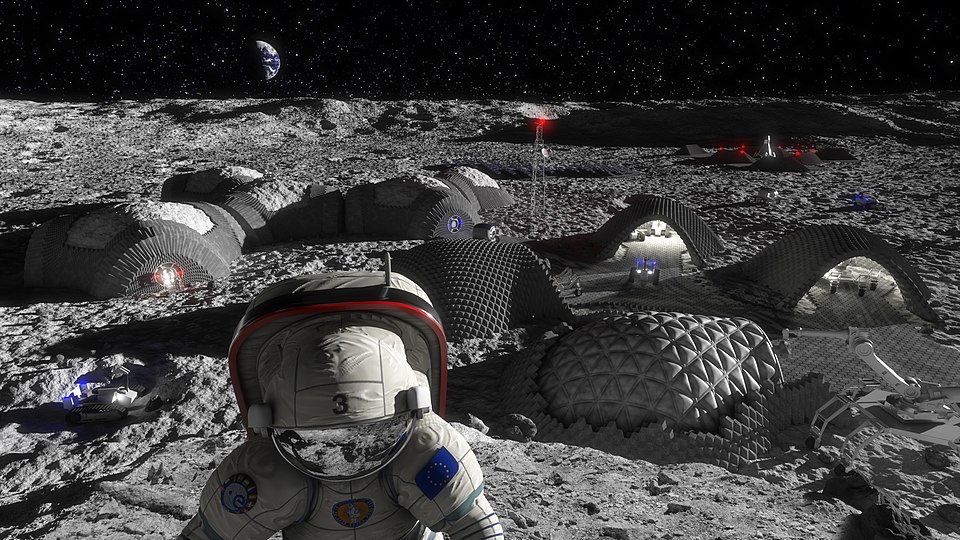
7. The Broader Impact: Power, Presence, and Precedent
Not only is the capability to fund lunar habitats, ISRU, and science at stake, but also the precedent for international law and the use of resources. The initial operational reactor would facilitate exclusion zones under the Outer Space Treaty, redrawing access to lunar water, minerals, and strategic sites. The commercial LEO station project, on the other hand, is intended to provide sustained U.S. research and training, supporting a minimum of two crew members and at most 200 investigations annually.NASA’s overall effort to construct a strong low-Earth orbit economy includes developing commercial destinations in low-Earth orbit.
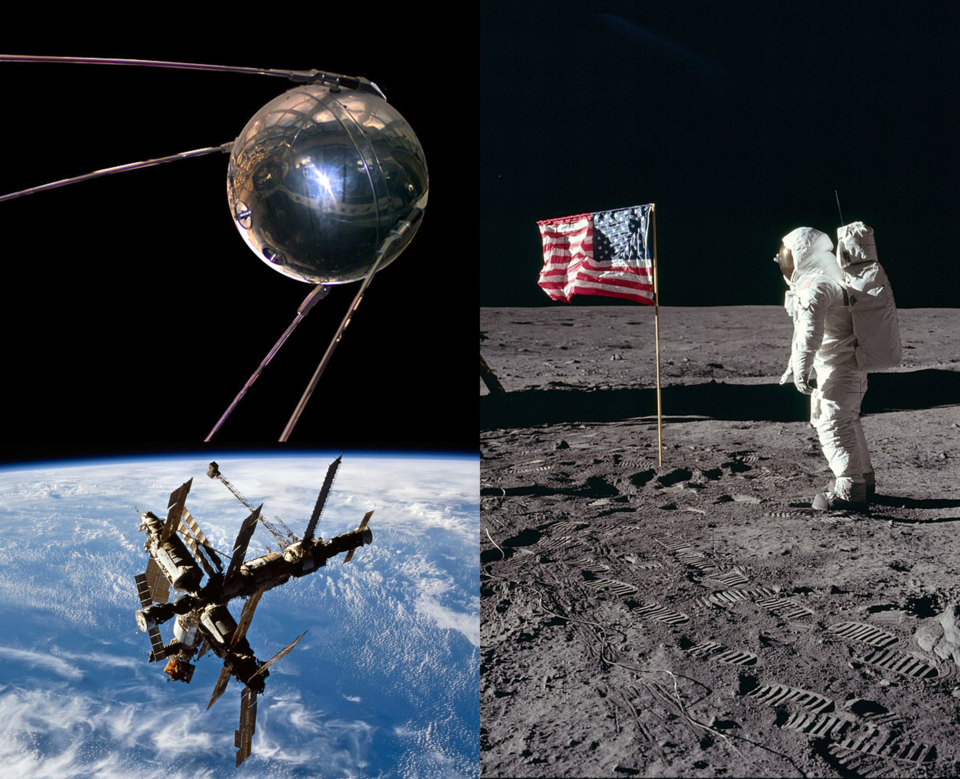
The competition to have a lunar nuclear reactor is therefore more than a competition of engineering skill it is an examination of national will, industrial responsiveness, and the capacity to determine the future norms of space. Over the coming decade, the result will not only determine who powers the Moon, but who will write the next chapter in human space history.
